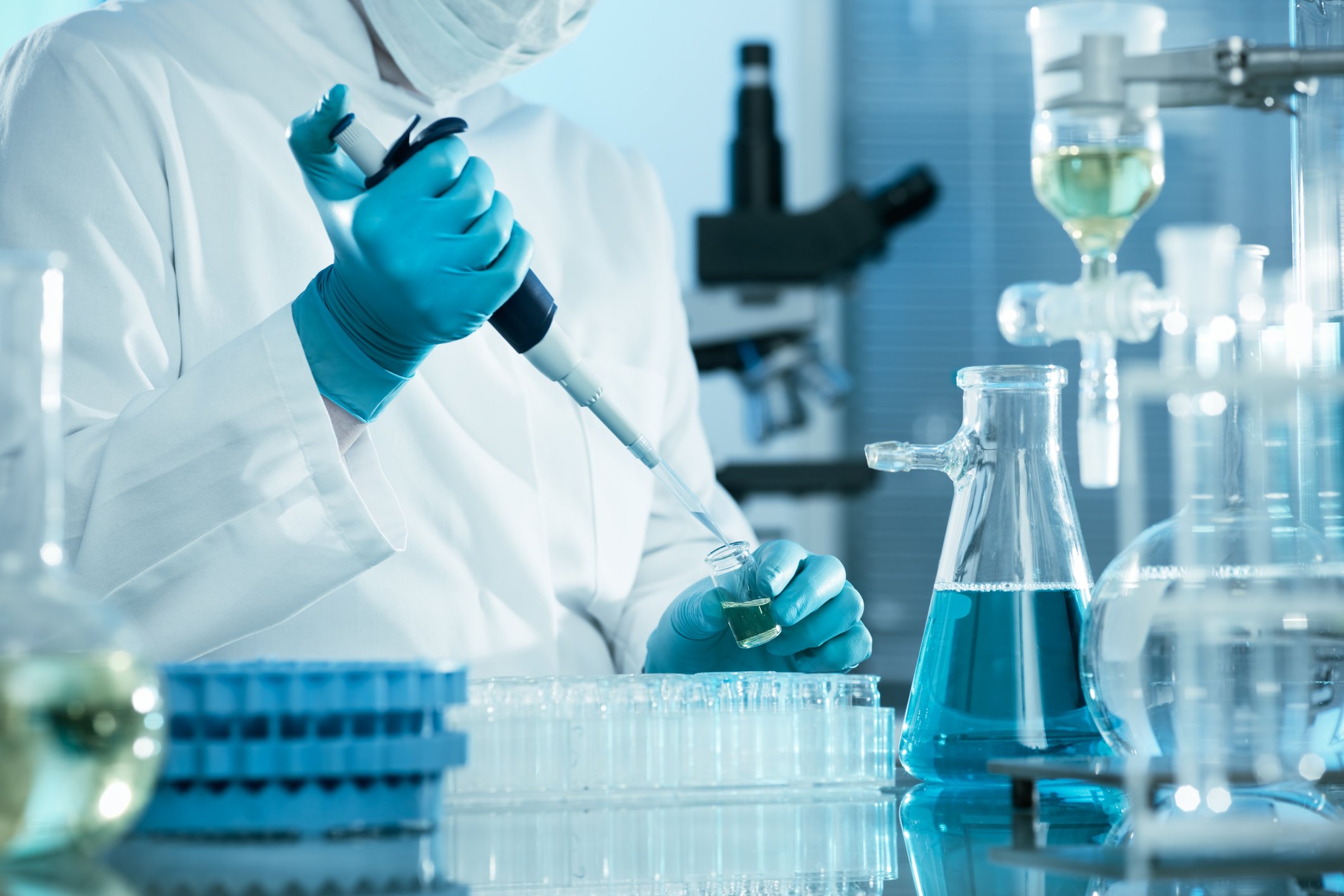Understanding the cross section of an object or material is essential in a variety of fields, including engineering, geology, construction, and medical imaging. A cross section is essentially a view into the interior of an object as if it has been sliced open to reveal its internal structure. This technique allows researchers, engineers, and scientists to gain valuable insights into how something is built or how it behaves under different conditions. At Cross Section Lab, you’ll find expert tools and methods designed specifically for the in-depth study and analysis of cross section in multiple domains.
What Is a Cross Section?
A cross section is a cut or slice through an object or structure that reveals its inner layers. This can be a physical cut in materials such as wood or metal, or it can be a simulated cross section created using digital imaging or computer-aided design (CAD). In all cases, the cross section allows professionals to analyze dimensions, materials, and relationships within the object that are not visible from the outside.
The concept is widely used across disciplines. In architecture, cross sections are used to plan buildings. In biology, they help in studying the internal organs of a living organism. In civil engineering, the cross section of roads and bridges can be analyzed to determine safety and durability. The applications are limitless, and the right tools, such as those available at Cross Section Lab, are crucial for accuracy and clarity.
Methods Used in Cross Section Analysis
At Cross Section Lab, a variety of advanced methods are used to obtain and study cross sections. These include mechanical cutting, laser slicing, and digital imaging techniques such as CT scans and 3D reconstruction. Mechanical methods involve physically slicing the material using precision tools. This is common in metallurgical labs or materials testing facilities.
Digital methods, on the other hand, are non-destructive and allow for multiple layers of cross section data to be gathered without harming the original object. These technologies are widely used in fields like medicine, where MRI and CT imaging create detailed cross sections of the human body, and in manufacturing, where internal structures of components are analyzed for defects.
Importance of Accuracy in Cross Section Analysis
Accuracy in cross section analysis is critical, especially in industries where safety and performance are paramount. A slight error in the cross section of a bridge cable or an aircraft wing component can lead to severe consequences. That’s why using high-precision tools from Cross Section Lab is not just beneficial—it’s necessary.
The tools available at Cross Section Lab are designed to minimize human error, improve measurement precision, and allow for automated data collection. These instruments help users maintain consistency across multiple samples and ensure that every cross section produced meets rigorous scientific and industrial standards.
Software and Tools Available at Cross Section Lab
Cross Section Lab offers a range of software and hardware solutions tailored for various industries. The lab specializes in tools that can generate, measure, and analyze cross sections with a high degree of accuracy. Whether it’s through specialized imaging software that reconstructs 3D models from 2D slices or through measurement tools that can detect changes in cross section geometry down to microns, users will find everything they need for effective analysis.
These tools are essential not just for research, but also for quality control in manufacturing processes. Automotive and aerospace industries, for example, rely heavily on detailed cross section analysis to ensure that all parts meet specifications before they are approved for use.
Cross Section Applications Across Industries
The versatility of cross section analysis is demonstrated by its broad application across diverse industries. In geology, cross sections of rock layers reveal the history of earth’s formation and help in locating resources like oil or minerals. In electronics, micro-scale cross sections help engineers identify flaws in semiconductor chips or printed circuit boards.
Medical diagnostics also rely heavily on cross section imaging. Radiologists interpret cross sections of the human body to diagnose diseases, plan surgeries, and monitor treatment progress. The clarity and precision of the tools from Cross Section Lab contribute to more accurate diagnoses and better patient outcomes.
Education and Training in Cross Section Techniques
As the demand for precision grows, so does the need for professionals trained in cross section techniques. Cross Section Lab not only provides tools but also offers educational resources and training programs. These programs help students, researchers, and industry professionals understand the theory and application of different cross section methods.
Participants learn how to operate advanced instruments, interpret results, and apply findings to real-world scenarios. The training ensures that users can maximize the capabilities of the lab’s tools and generate high-quality cross section data consistently.
Why Choose Cross Section Lab?
When it comes to precision, quality, and reliability, Cross Section Lab stands out as a trusted name in the field of cross section analysis. The lab offers state-of-the-art equipment, expert support, and ongoing innovation. Customers benefit not only from advanced tools but also from a community of professionals who understand the challenges and solutions involved in cross section studies.
Whether you are working on a research project, developing a new product, or conducting a forensic investigation, Cross Section Lab has the expertise and resources to support your needs. Their commitment to excellence makes them the go-to destination for anyone serious about cross-sectional analysis.
Future Trends in Cross Section Technology
The future of cross section analysis is bright, with emerging technologies like AI, machine learning, and automation playing a growing role. These tools can quickly interpret cross section data, detect anomalies, and even suggest corrective actions in real-time. At Cross Section Lab, the team is already integrating these advanced capabilities into their tools and platforms.
Expect to see faster processing times, more intuitive interfaces, and smarter tools that learn from user input. As materials become more complex and precision becomes more critical, the demand for innovative cross section technologies will only increase.




